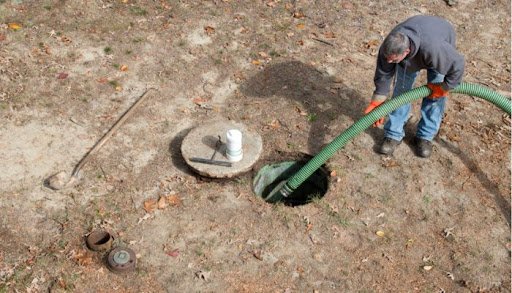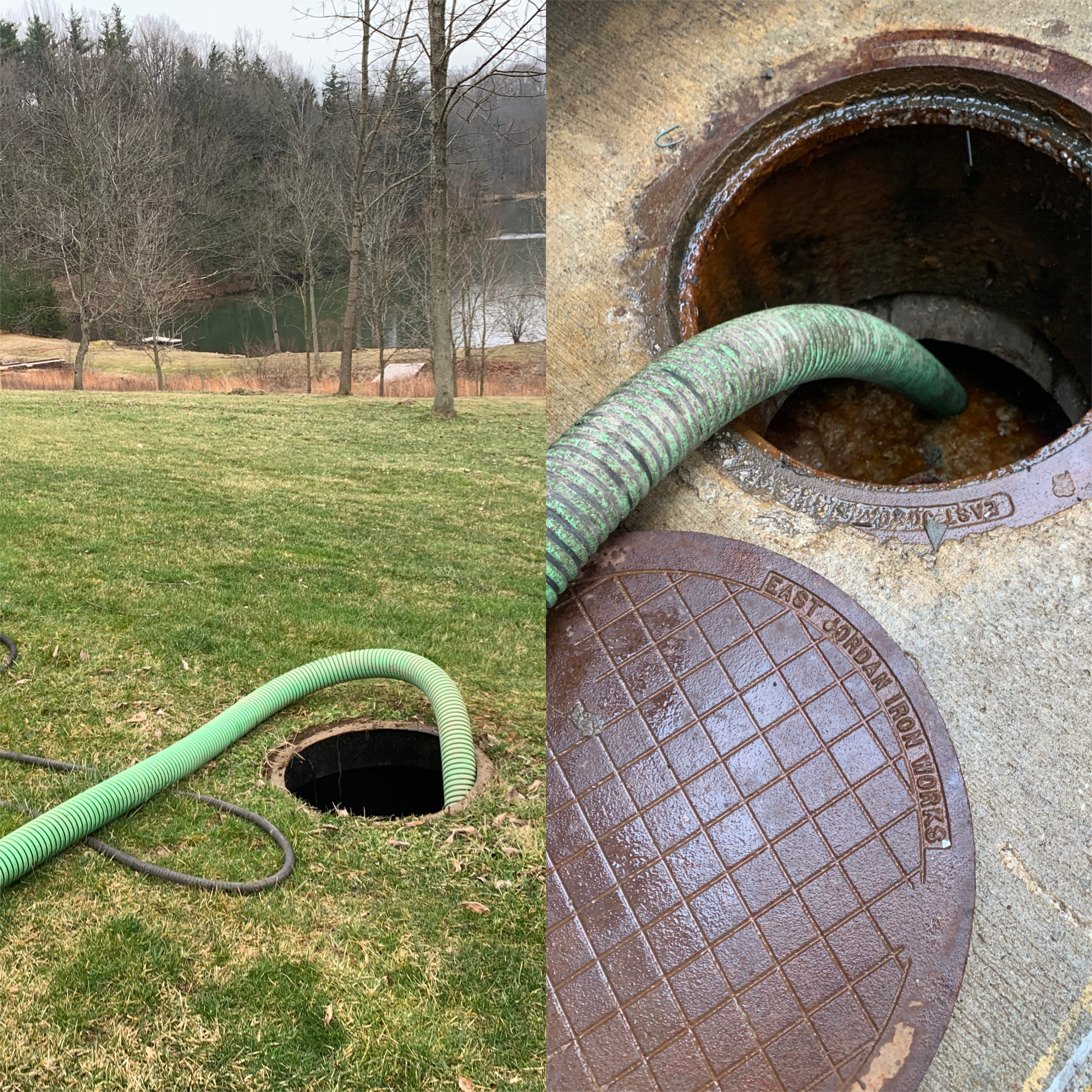Little Known Facts About Stillwell Septic And Grading.
Little Known Facts About Stillwell Septic And Grading.
Blog Article
The 6-Minute Rule for Stillwell Septic And Grading
Table of ContentsThe Ultimate Guide To Stillwell Septic And Grading3 Easy Facts About Stillwell Septic And Grading ShownAbout Stillwell Septic And Grading3 Easy Facts About Stillwell Septic And Grading DescribedStillwell Septic And Grading - QuestionsStillwell Septic And Grading - An OverviewStillwell Septic And Grading Fundamentals Explained
In general, septic tank installment is a complex process that needs mindful planning and execution. Home owners ought to function with a respectable setup team and know regional laws and requirements to guarantee that their septic tank functions appropriately for years ahead. After the sewage-disposal tank has been mounted and connected to the drainpipe field, it is time to backfill the location.The backfill product should be without clods, large rocks, frozen matter, and debris that can result in voids in the backfill that might allow settling with time. Squashed rock or pea gravel 1/2-inch in size is favored if native materials are not ideal. When the backfilling is complete, it is time to landscape the area.
Once the septic system has been installed, it is vital to examine it to ensure that it is working properly (Septic Tank Installation). https://www.imdb.com/user/ur178672524/?ref_=nv_usr_prof_2. Examining the system involves inspecting for leaks, ensuring that the tank is at the appropriate degree, and checking out the drain area. One of one of the most typical tests performed is the hydraulic lots test
A Biased View of Stillwell Septic And Grading
The water is then kept track of to ensure that it streams correctly via the pipelines and into the drainpipe field. If the water does not move appropriately or backs up into the tank, it may show a trouble with the system. An additional examination that is generally executed is the color test.
The color is then monitored to make certain that it streams correctly via the pipes and right into the drainpipe area. If the color does not move correctly or shows up in the wrong location, it might show an issue with the system. It is important to have a specialist carry out these examinations to make sure that they are done correctly.

Getting My Stillwell Septic And Grading To Work
Here are some crucial tips for property owners to maintain their septic system: The average household septic system must be inspected a minimum of every 3 years by a septic solution expert. The regularity of pumping depends on the dimension of the storage tank and the variety of people utilizing it. https://allmyfaves.com/stillwellsag?tab=Stillwell%20Septic%20and%20Grading. A our website basic guideline is to pump the storage tank every 3 to five years
Utilizing water-efficient fixtures and home appliances, such as low-flow showerheads and commodes, can minimize water usage and aid the septic system job extra effectively. Only flush toilet paper and human waste down the toilet. Avoid purging anything else, consisting of womanly hygiene products, child wipes, and food preparation oil, as they can clog the system.
Stillwell Septic And Grading Fundamentals Explained
Septic system installation is an intricate process that calls for cautious preparation and implementation. Property owners should recognize the needed actions included in the installation procedure to make sure that their septic system works correctly and successfully. The primary step is to evaluate the site where the septic tank will certainly be set up.
When the site has been examined, the following action is to prepare for the installation. Property owners should make sure that their professional is experienced in septic tank setup and will certainly work along with them throughout the procedure.
The Of Stillwell Septic And Grading

Homeowners need to know the required steps associated with the installment process to ensure that their septic tank works properly and effectively. By following these actions and maintaining their system, home owners can relax ensured that their septic tank will offer dependable wastewater therapy for numerous years to come.
Virtually one in 5 united state homes have septic systems. Yours might be among them. If you're not effectively preserving your septic tank, you're not only harming the setting, you're putting your household's wellness at riskand may be purging thousands of dollars away! Do Your Component, Be SepticSmart: The Do's and Do n'ts of Your Septic tank.
About Stillwell Septic And Grading

All that added water can really strain your septic system. This can be practical specifically if your system has not been pumped in a long time.
Not known Details About Stillwell Septic And Grading
Know your system's location. When you have the tank pumped, draw a representation or map revealing its location in connection to dealt with factors - corners of the house, actions, or fencing messages.
Excessive water can damage it. Do not dig, build, or plant anything apart from yard over the drainfield. Preserve water. Septic Inspection. Lower the quantity of wastewater that must be treated and taken care of by your system: Wash no more than one or two loads of clothes daily. As much as 53 gallons of water flooding your septic tank with each lots, so it's best to spread washing out over the week.
Report this page